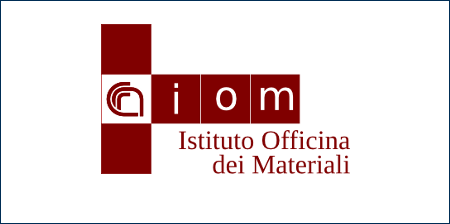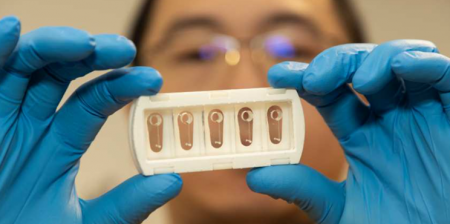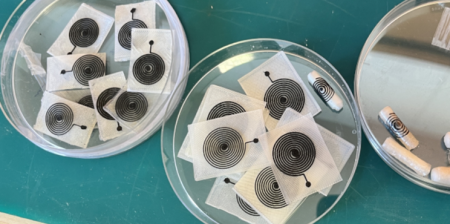
A new study introduces the use of a new spectrometer capable of analysing living cells in situ, in non-invasive manner and with sub-micrometric spatial resolution
Just like mechanical properties and chemical compositions of materials are of fundamental importance in buildings, the cells that build up every living organism have different properties and shapes depending on their function and state. Uncontrolled modifications in the cells elasticity, or in the elasticity of any biological tissues in general, are symptoms and effects of pathologies: hardened coronary arteries causing heart problems, weakened bones inducing orthopedic complications, elastic changes in corneal tissue provoking ocular pathologies, etc. An experimental technique, whichin a non-invasive way can probe in-situ the elastic and the biochemical properties of cells and tissues, would be a strategic diagnostic tool.
In recent years, optics and photonics, and in particular the microspectroscopic techniques, have demonstrated their effectiveness for the materials analysis. The work “Non-contact mechanical and chemical analysis of single living cells by micro-spectroscopic techniques” by S. Mattana, M. Mattarelli, L. Urbanelli, K. Sagini, C. Emiliani, M. Dalla Serra, D. Fioretto, S. Caponi which will appear in the journal Nature-Light: Science & Applications (LSA), introduces the use of a new spectrometer capable of analysing living cells in situ, in non-invasive manner and with sub-micrometric spatial resolution. The optical system, in fact, acquires simultaneously the Brillouin and Raman spectra and, exploiting the interaction between light and matter, is able to provide contactless a mechanical and chemical maps of the system under investigation. The collaboration of physicists and biotechnologists, extend this approach to the analysis of single living cells, proving in particular the ability of the technique to monitor the mechanical modulation due to subcellular protein structures.
Furthermore, it has been found that upon oncogene expression, cells show a significant softening. This property can explain the invasive potential observed in tumor cells: their increased deformability helps them spreading through the narrow spaces of the extracellular matrix, favoring the future development of metastasis.
This study highlights how mechanical properties of cells can be a new bio-marker for pathologies and how the proposed technique can become a potential diagnostic tool, even in tumors.
Source Cnr





